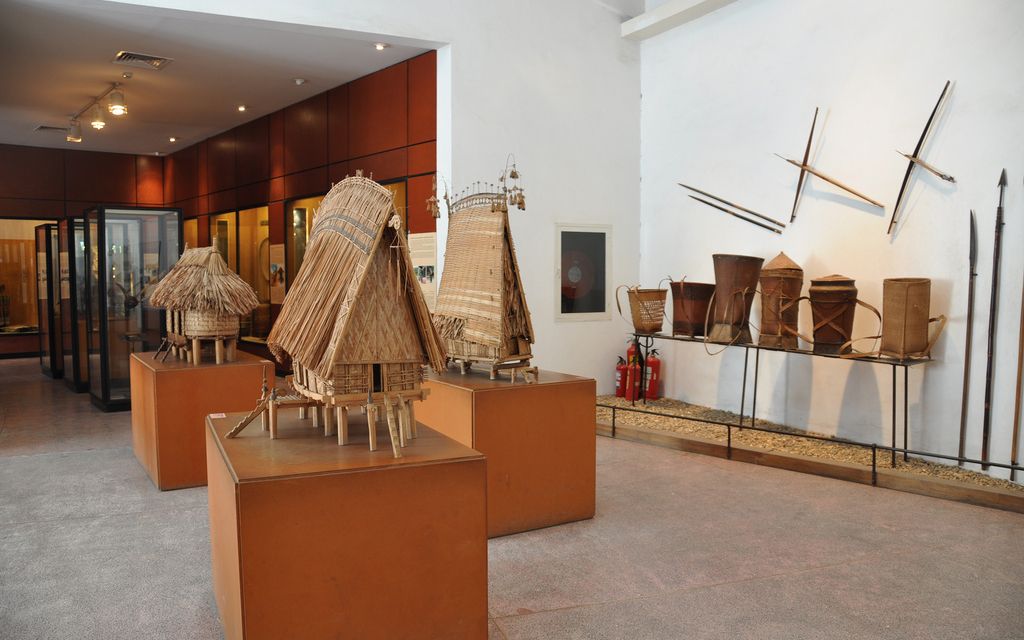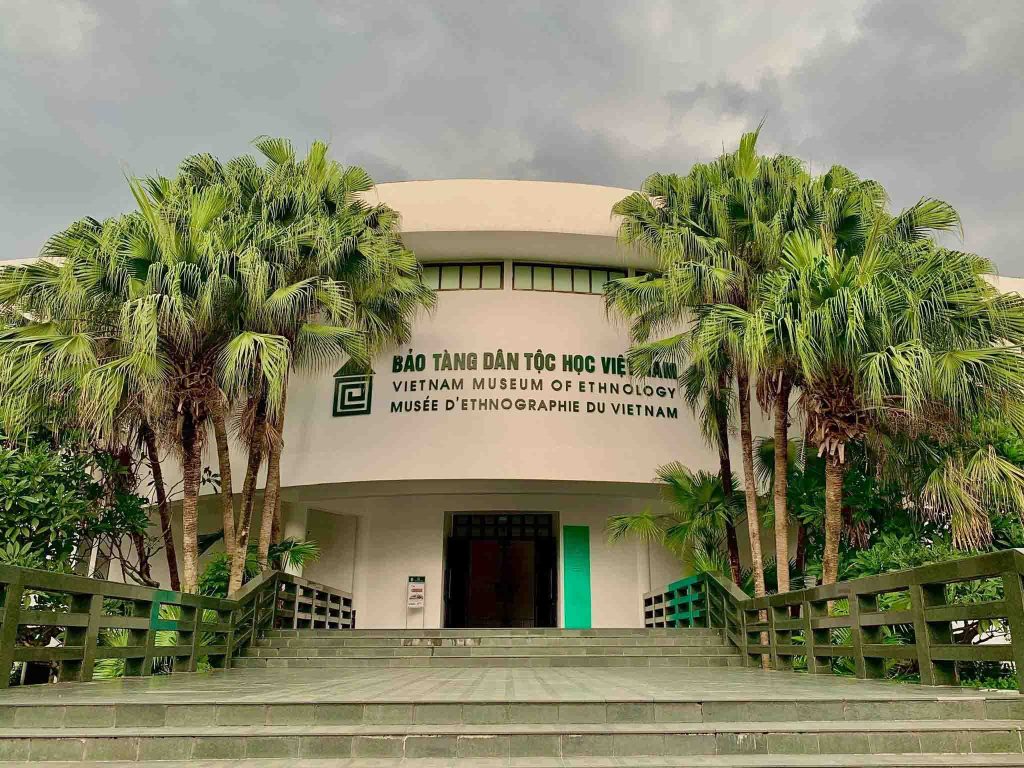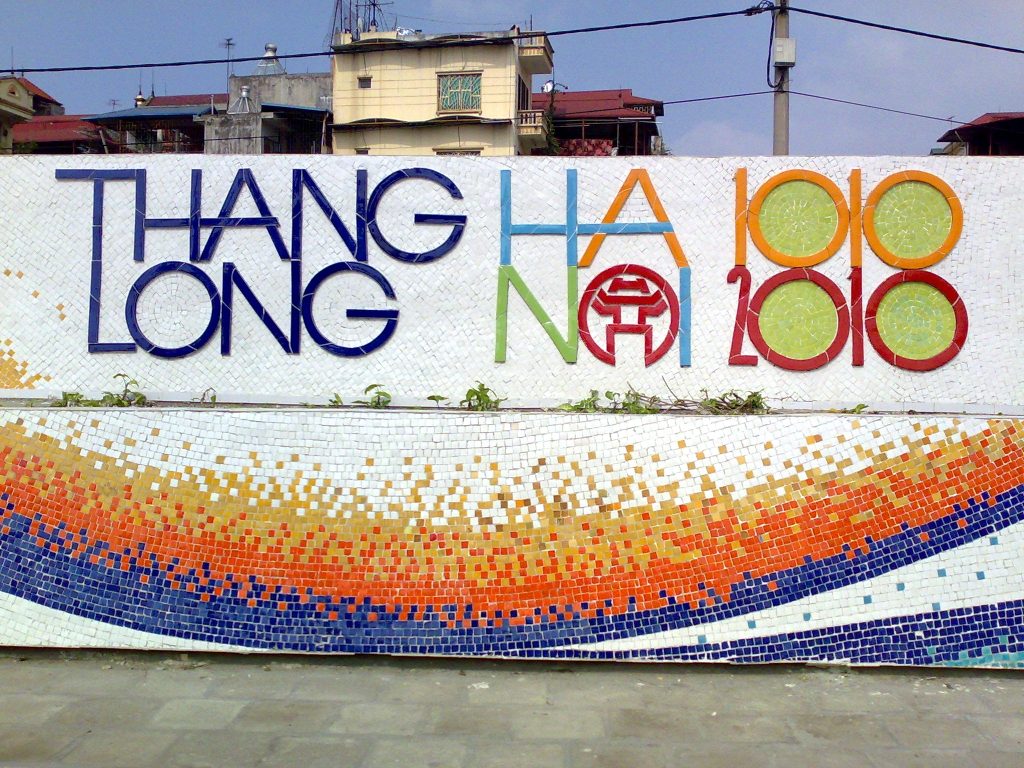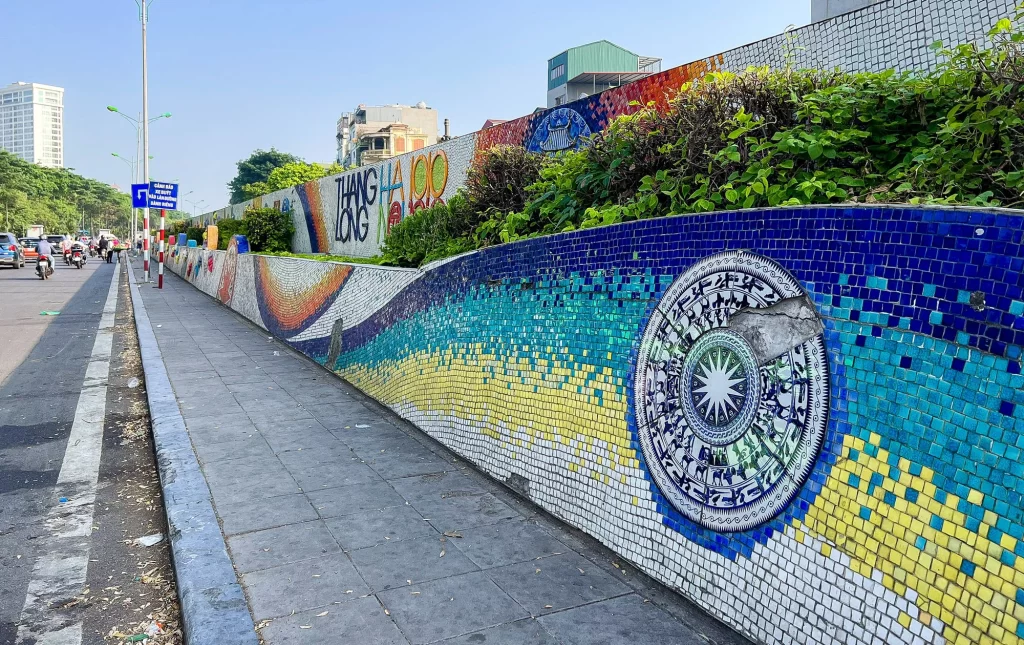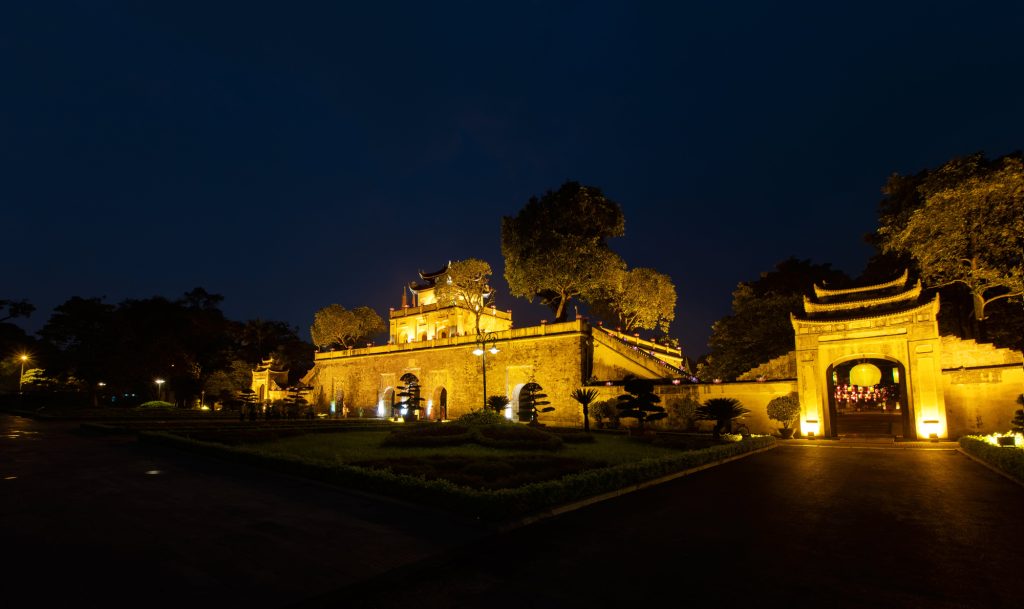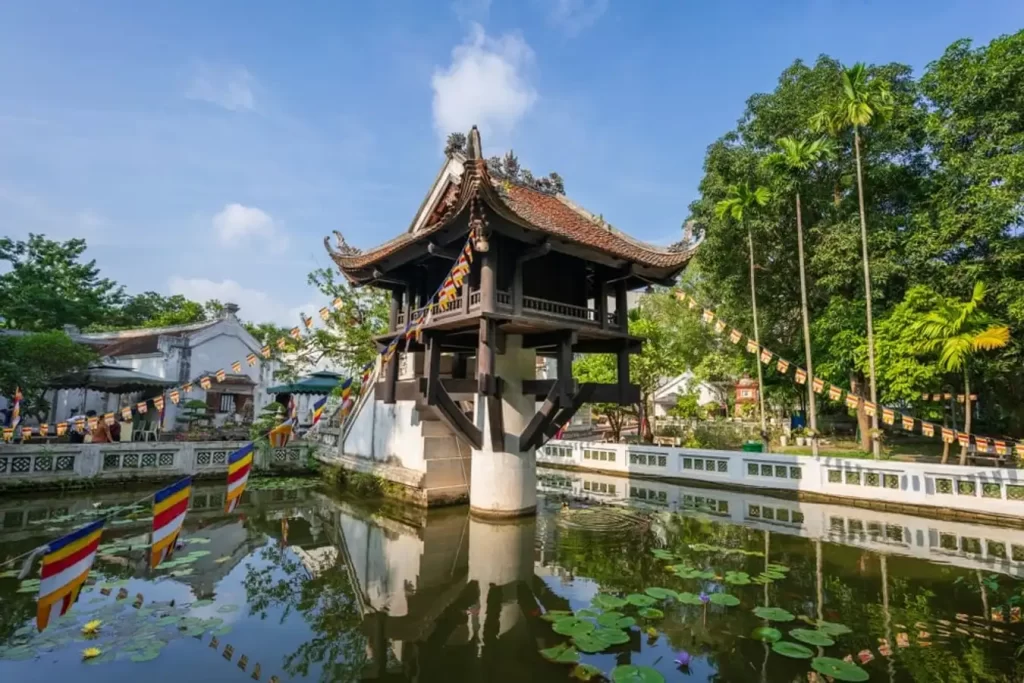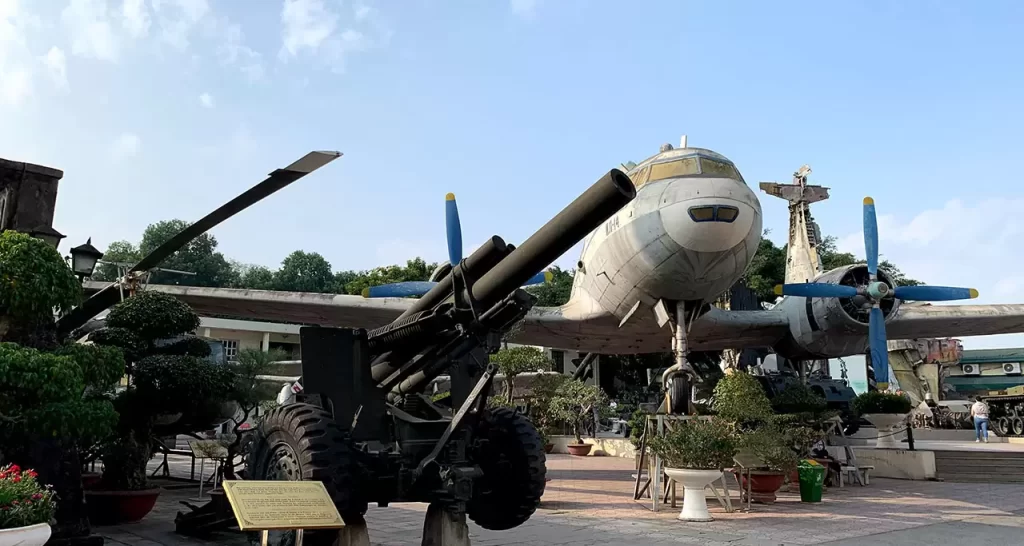Discover the Grandeur of the Imperial Citadel of Thang Long
Nestled in the heart of Hanoi, Vietnam, the Imperial Citadel of Thăng Long is a testament to the nation's rich history and cultural heritage. Recognized as a UNESCO World Heritage site, this architectural marvel has stood the test of time, offering a profound glimpse into the past dynastic rule. The citadel's grand gates, palaces, and temples provide an immersive experience into Vietnam's cultural legacy. This article delves deep into the history, architecture, and significance of the Thăng Long Imperial Citadel, providing all the essential information for prospective visitors.
Location: 19c Hoang Dieu, Dien Bien, Ba Dinh, Hanoi, Vietnam (click here to open google map)
Location and Access
Address: 19C Hoang Dieu Street, Dien Bien Ward, Ba Dinh District, Hanoi City.
Strategically situated in downtown Hanoi, the Thăng Long Imperial Citadel is easily accessible by various means of transportation. Visitors can reach the site via taxi, motorbike, or ride-sharing services from anywhere in the city. Public buses that pass through the area also offer an affordable and convenient option. The citadel’s central location makes it an ideal starting point for exploring Hanoi's historical and cultural attractions.
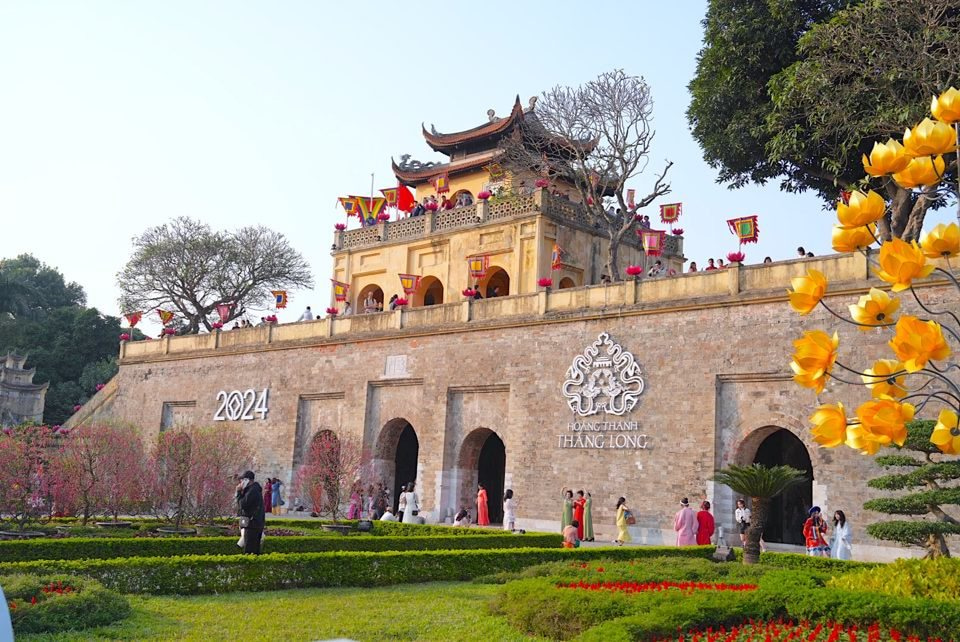
Historical Overview
The Thăng Long Imperial Citadel's history dates back to 1009 during the reign of Emperor Lý Thái Tổ of the Lý Dynasty. Originally constructed as the Dai La Citadel, it was renamed Thăng Long, meaning "Soaring Dragon," to symbolize the city's rise and prosperity. Over the centuries, the citadel was expanded and renovated by successive dynasties, including the Trần, Lê, and Nguyễn, each leaving its unique architectural and cultural imprint.
In 2009, the citadel was declared one of Vietnam's ten special national heritage sites and was added to the UNESCO World Heritage List in 2010. This recognition highlights its universal significance, underscoring its enduring historical importance, continuous role as a seat of power, and rich cultural layers.

Architectural and Cultural Highlights
1. Main Gate (Doan Mon)
Dating back to the 15th century, Đoan Môn serves as the imposing entrance to the citadel, welcoming visitors into its historic embrace. Constructed with stones and bricks, the gate features a U-shaped structure with five gates aligned symmetrically along a central axis, often referred to as the "righteousness axis" of the Imperial Citadel. The primary architectural element of Đoan Môn follows a watchtower gazebo design with three rolling arches. This gate's impressive design not only adds elegance but also enhances its load-bearing capabilities, making it a popular spot for tourists to capture memorable moments.

2. Kinh Thien Palace
Built during the reign of Emperor Lý Thái Tổ in the 11th century, Kinh Thiên Palace served as the main venue for important state ceremonies, royal receptions, and court rituals. It was the symbolic heart of the citadel, embodying the power and authority of the Vietnamese monarchy. The palace's traditional Vietnamese architectural principles are evident in its elevated wooden platform, intricate roof structures adorned with decorative motifs, and spacious halls supported by wooden columns. Kinh Thiên Palace's construction and maintenance were indicative of the dynasty's prosperity and stability, while its usage in official ceremonies reinforced the emperor's divine mandate to rule.
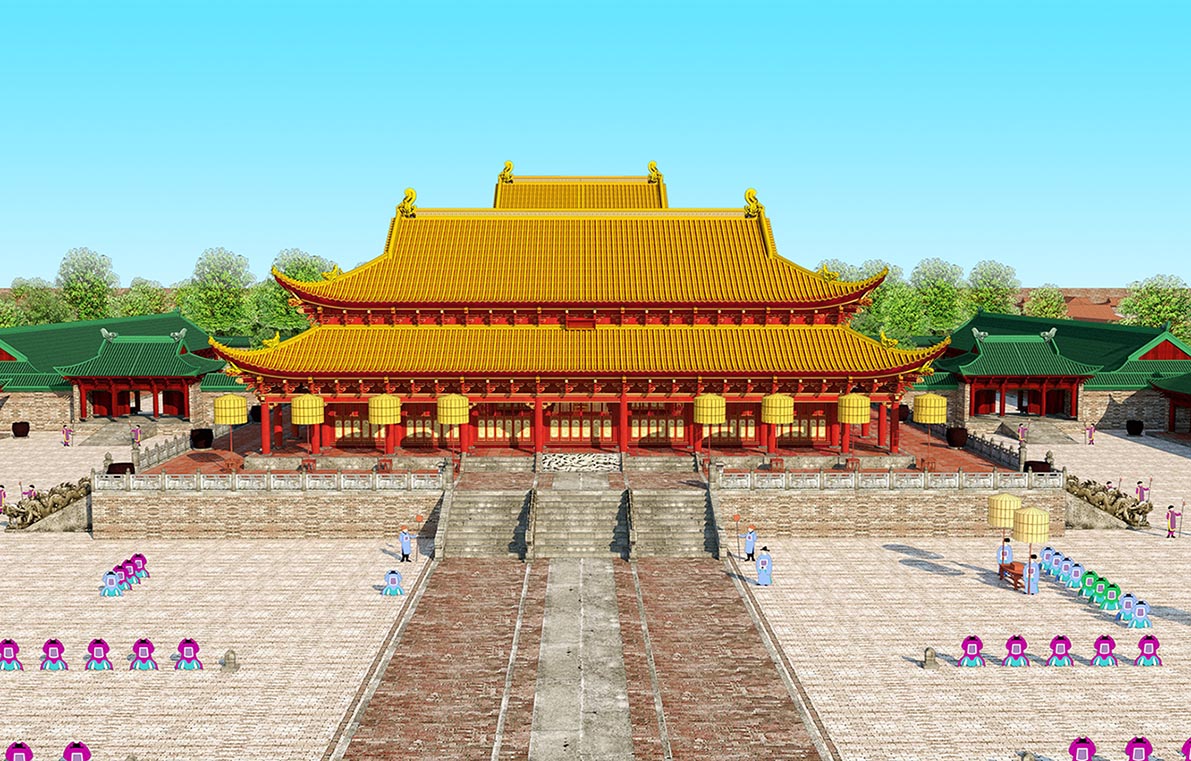
3. Hanoi Flag Tower
Constructed in 1812 during the Nguyễn Dynasty, the Hanoi Flag Tower served both as a military observation tower and a symbol of the citadel's power. Its octagonal shape and three-tiered structure stand at a height of 33 meters, making it one of the tallest structures in Hanoi during its time. The tower's strategic position allowed for the monitoring of activities and signaling important messages. Today, visitors can climb the tower to enjoy panoramic views of the surrounding area, including the Thăng Long Imperial Citadel, Hoàn Kiếm Lake, and the bustling streets of the Old Quarter.
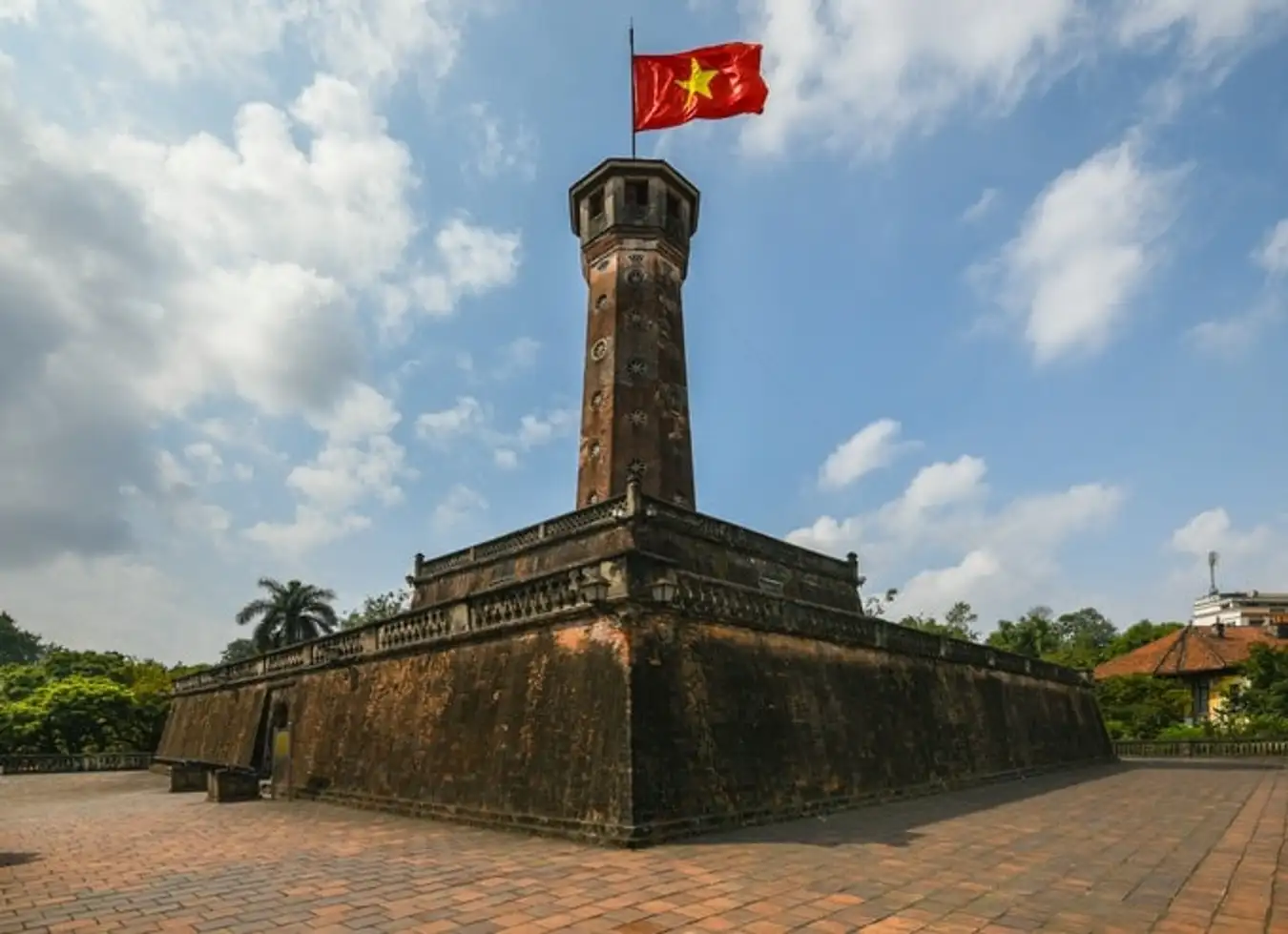
4. Hau Lau (Princess' Palace)
The Hậu Lâu, or Princess' Palace, served as the residence for the queen mother or princesses during the imperial era. It features traditional Vietnamese architecture characterized by wooden structures, tiled roofs, and intricate carvings. The palace is often surrounded by landscaped gardens, ponds, and courtyards, creating a serene and picturesque environment suitable for royalty. Over the years, the Hậu Lâu, like other structures within the Thăng Long Imperial Citadel, has undergone restoration efforts to preserve its historical and architectural integrity. These efforts aim to safeguard this cultural heritage site for future generations and provide visitors with insights into Vietnam's imperial past.

5. D67 Bunker
Constructed in the late 1960s during the Vietnam War, the D67 Bunker served as a crucial command center for the North Vietnamese military and government officials, including General Võ Nguyên Giáp and President Hồ Chí Minh. The bunker played a vital role in coordinating military operations and strategic planning during the conflict. As a fortified underground structure, the D67 Bunker provided protection for high-ranking officials against air raids and bombings. It housed communication equipment, maps, and facilities for meetings and briefings. Today, the D67 Bunker is open to the public as part of guided tours of the Thăng Long Imperial Citadel complex, allowing visitors to explore the underground chambers and view historical artifacts and exhibits.
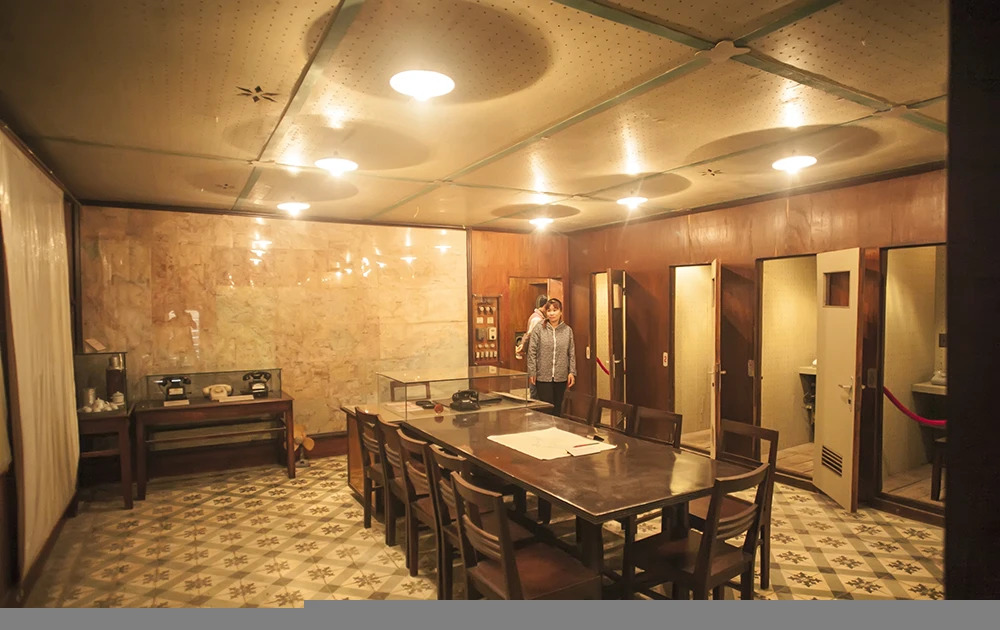
6. Archaeological Site
Extensive excavations conducted in the late 20th and early 21st centuries, particularly in preparation for the citadel's 1000th anniversary celebrations in 2010, uncovered a wealth of artifacts and structures spanning various periods of Vietnamese history. The archaeological site provides insights into the evolution of the Thăng Long Imperial Citadel over more than a millennium. Excavations revealed layers of foundations, walls, pavilions, and artifacts dating back to different dynastic periods, including the Lý, Trần, Lê, and Nguyễn Dynasties. This multi-layered history offers a comprehensive understanding of the citadel's architectural development and cultural significance.
Among the discoveries at the archaeological site are pottery fragments, ceramics, coins, jewelry, weapons, and everyday objects used by inhabitants of the citadel throughout its history. In addition to artifacts, excavations uncovered the foundations and remnants of various structures within the citadel complex, including palaces, temples, gates, and defensive walls. The archaeological site is open to the public, offering visitors the opportunity to explore the excavated areas, view archaeological displays, and learn about Vietnam's rich history and cultural heritage.
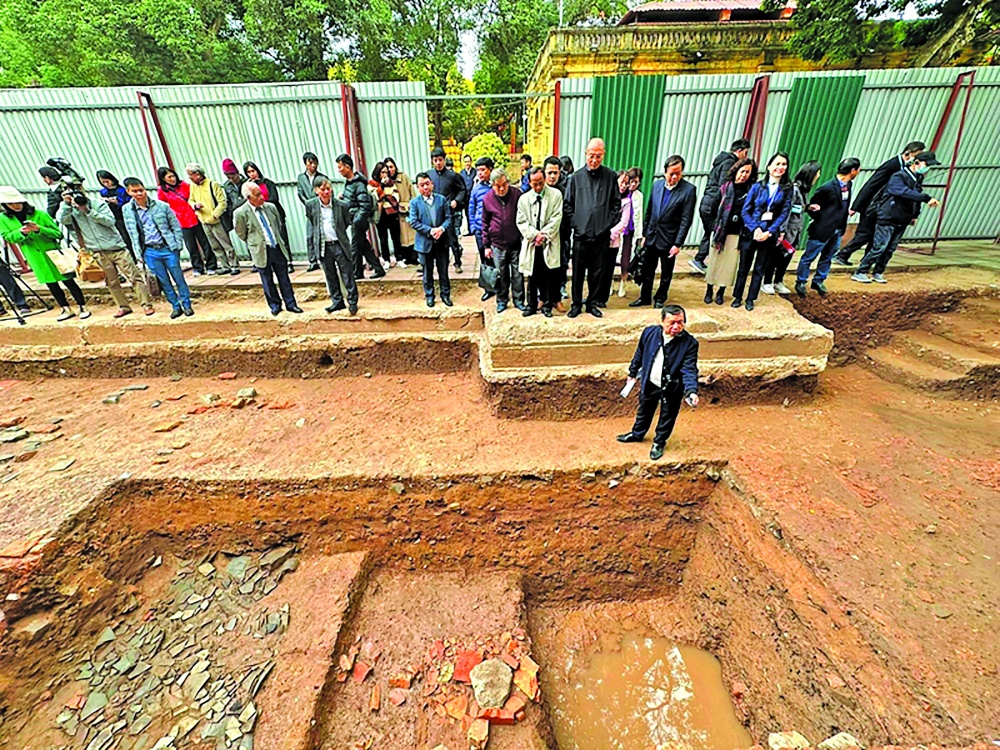
Visiting Information
Operating Hours: The Thăng Long Citadel is typically open from 8:00 AM to 5:00 PM daily. It is advisable to check current hours before visiting, as they may vary depending on the season and any special events or renovations.Entrance Fee:

Special Tours and Activities
When visiting the Hanoi Imperial Citadel, you can enhance your experience with special tours and activities tailored to immerse you in its rich history and cultural significance.

Tips for Visitors


